7 min read
2024 intro: As NASA's Ames Research Center in California's Silicon Valley enters its 85th year since its founding, join us as we take a look back at some of our highlights of science, engineering, research, and innovation from 2024.
Ames Arc Jets Play Key Role in Artemis I Orion Spacecraft Heat Shield Findings
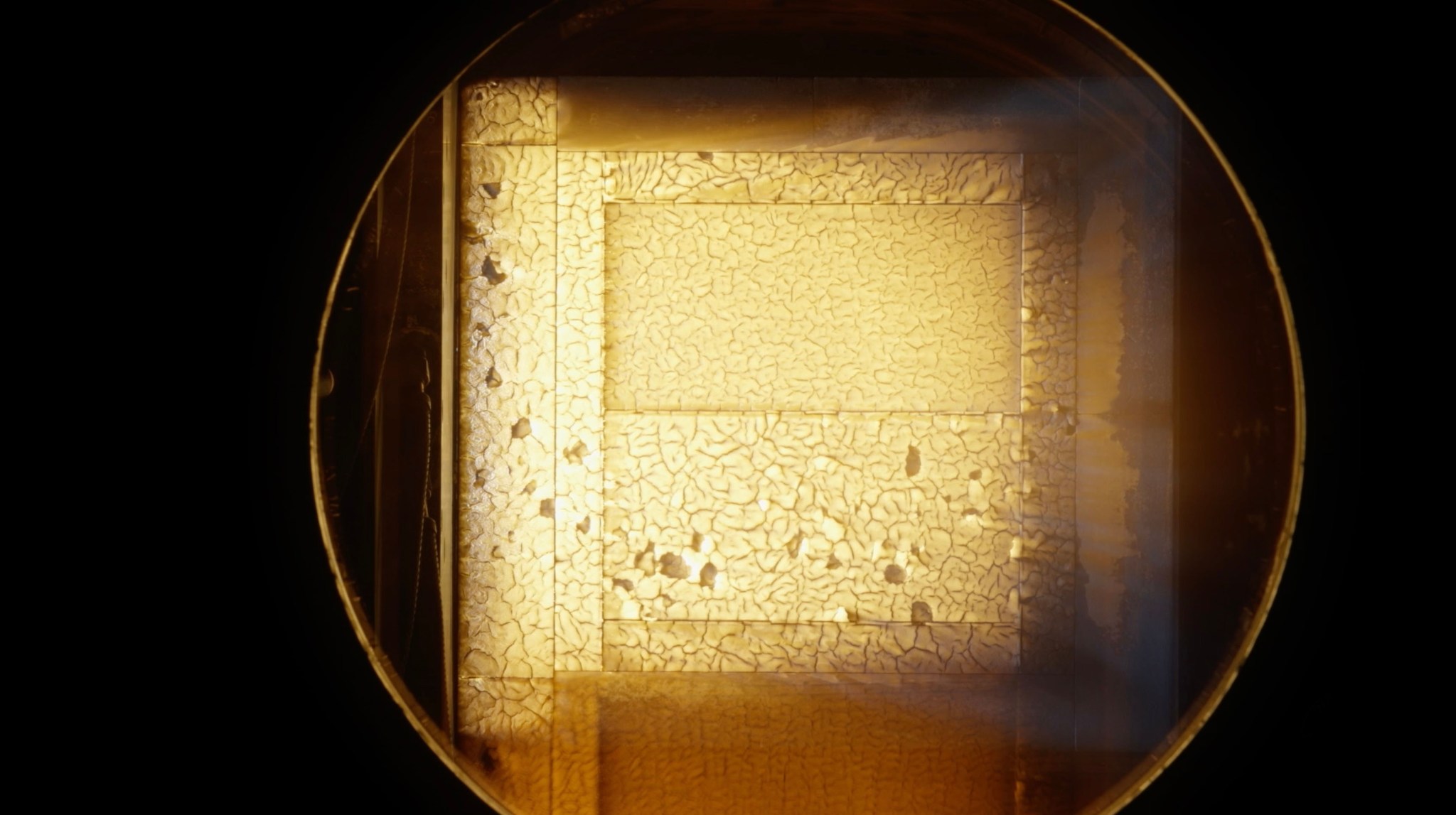
Researchers at Ames were part of the team tasked to better understand and identify the root cause of the unexpected char loss across the Artemis I Orion spacecraft's heat shield. Using Avcoat material response data from Artemis I, the investigation team was able to replicate the Artemis I entry trajectory environment - a key part of understanding the cause of the issue - inside the arc jet facilities at NASA Ames.
Starling Swarm Completes Primary Mission
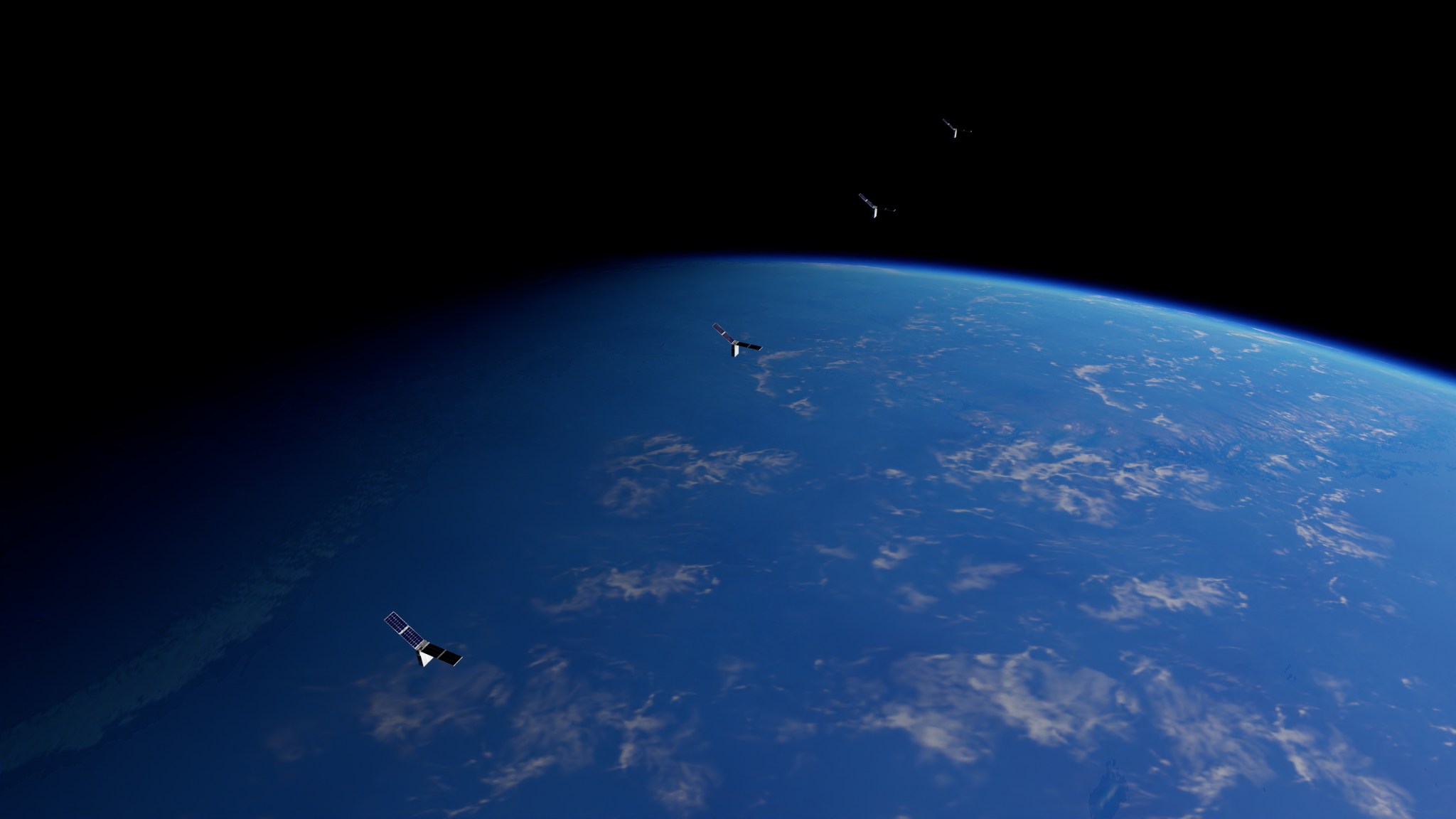
After ten months in orbit, the Starling spacecraft swarm successfully demonstrated its primary mission's key objectives, representing significant achievements in the capability of swarm configurations in low Earth orbit, including distributing and sharing important information and autonomous decision making.
Another Step Forward for BioNutrients

NASA's BioNutrients entered its fifth year in its mission to investigate how microorganisms can produce on-demand nutrients for astronauts during long-duration space missions. Keeping astronauts healthy is critical and as the project comes to a close, researchers have processed production packs on Earth on the same day astronauts processed production packs in space on the International Space Station to demonstrate that NASA can produce nutrients after at least five years in space, providing confidence it will be capable of supporting crewed missions to Mars.
Hyperwall Upgrade Helps Scientists Interpret Big Data
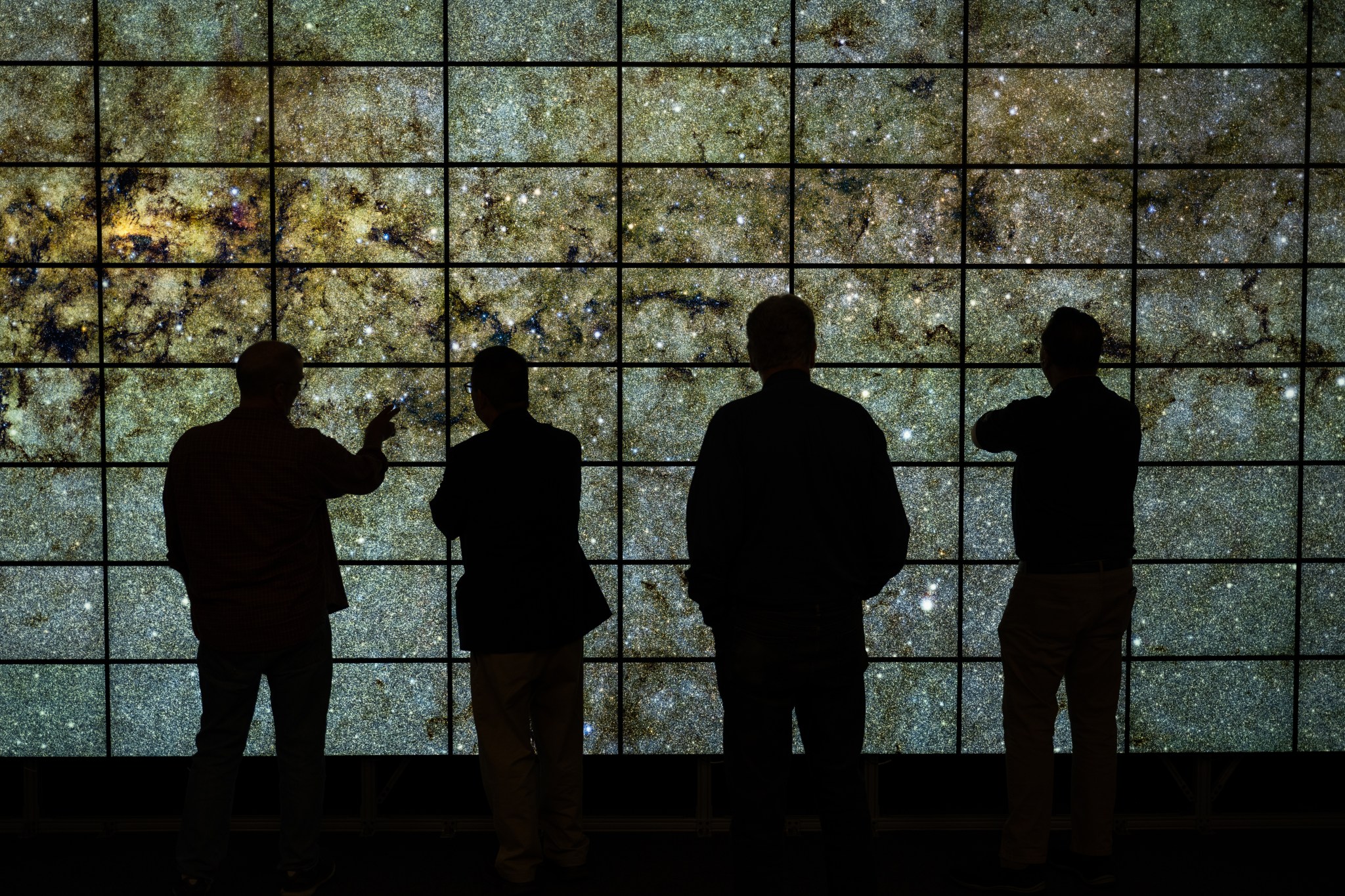
Ames upgraded its powerful hyperwall system, a 300-square foot wall of LCD screens with over a billion pixels to display supercomputer-scale visualizations of the very large datasets produced by NASA supercomputers and instruments. The hyperwall is just one way researchers can utilize NASA's high-end computing technology to better understand their data and advance the agency's missions and research.
Ames Contributions to NASA Artificial Intelligence Efforts
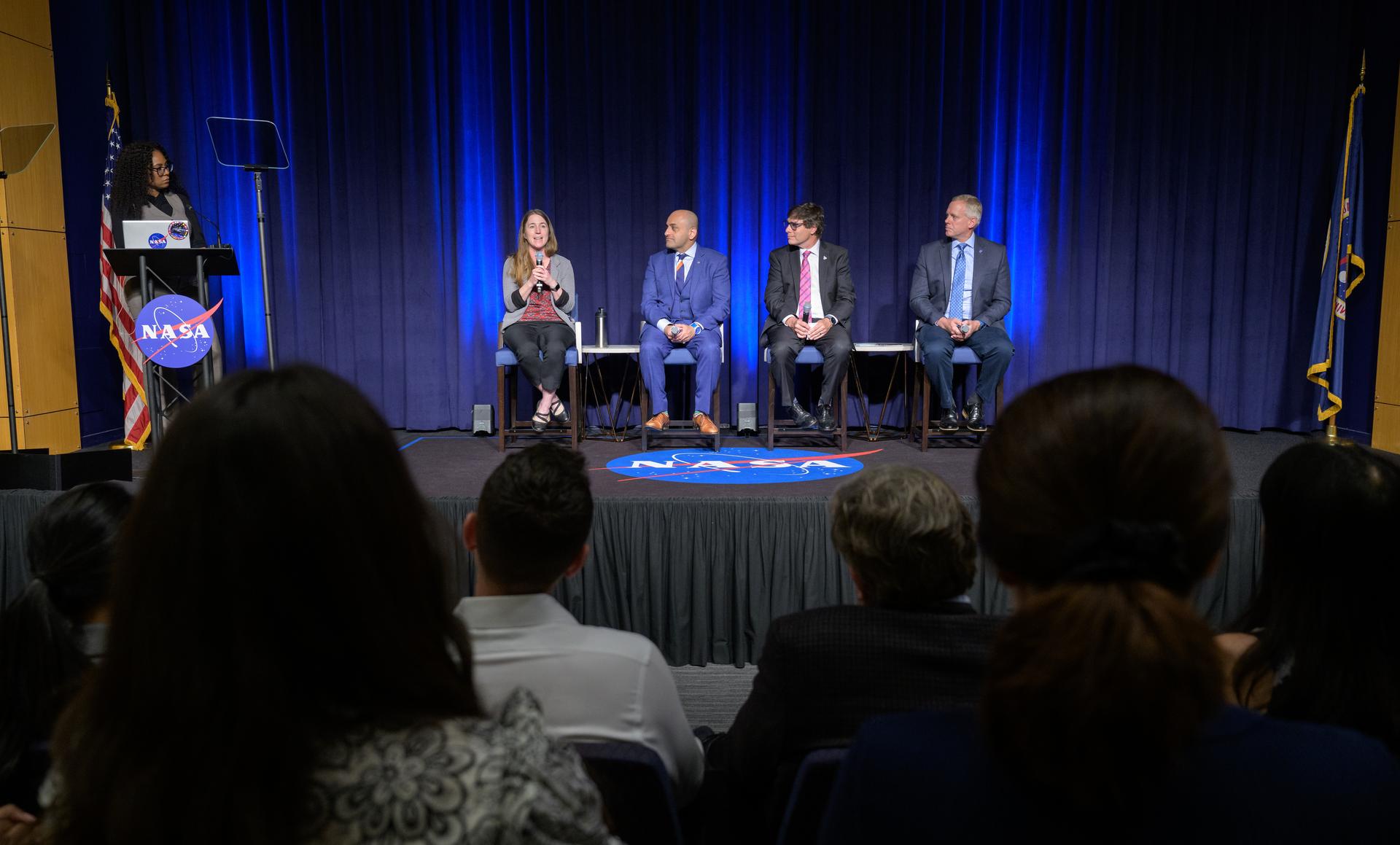
Ames contributes to the agency's artificial intelligence work through ongoing research and development, agencywide collaboration, and communications efforts. This year, NASA announced David Salvagnini as its inaugural chief artificial intelligence officer and held the first agencywide town hall on artificial intelligence sharing how the agency is safely using and developing artificial intelligence to advance missions and research.
Advanced Composite Solar Sail System Successfully Launches, Deploys Sail
NASA's Advanced Composite Solar Sail System successfully launched from Māhia, New Zealand, in April, and successfully deployed its sail in August to begin mission operations. The small satellite represents a new future in solar sailing, using lightweight composite booms to support a reflective polymer sail that uses the pressure of sunlight as propulsion.
Understanding Our Planet
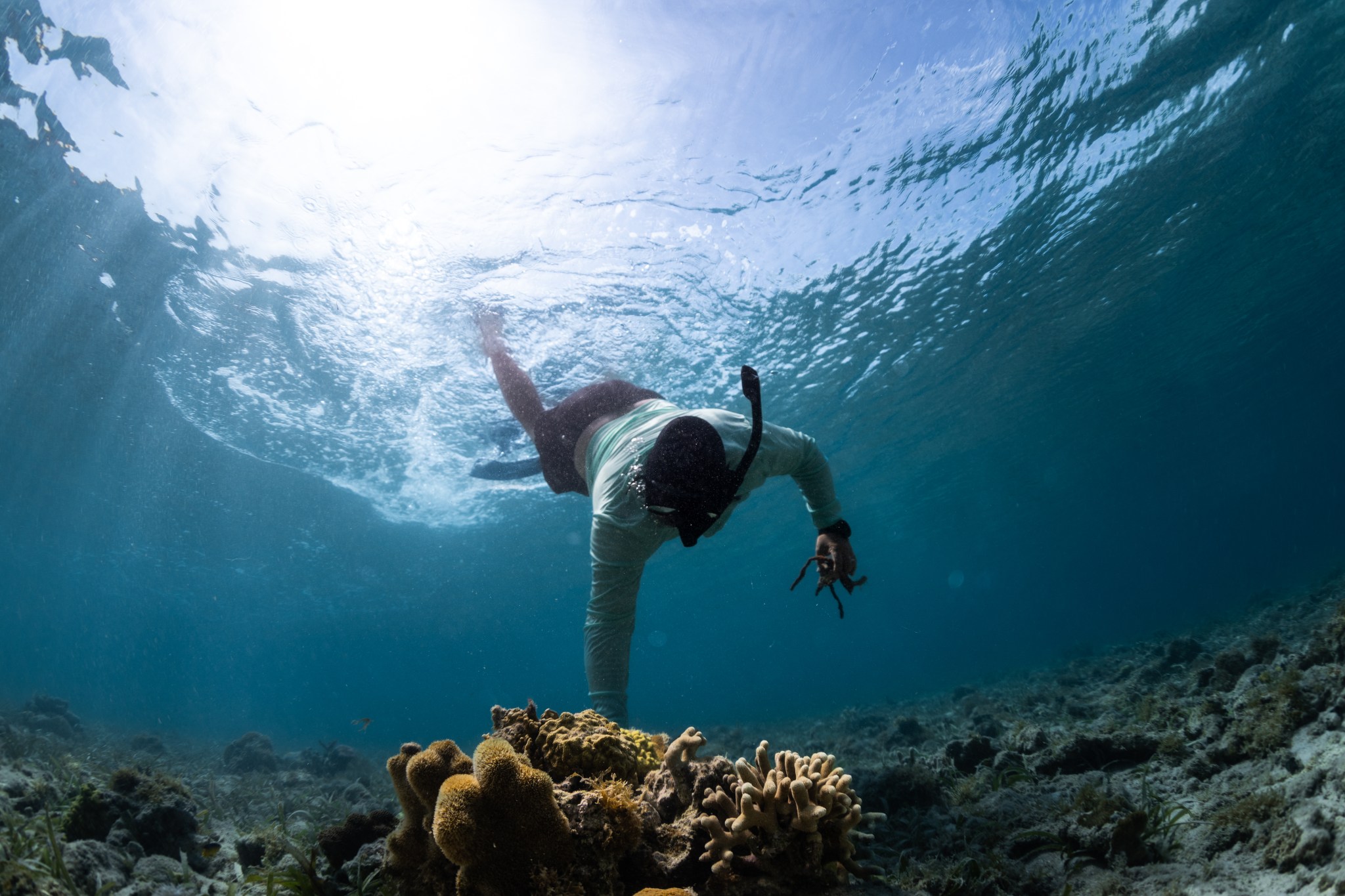
In 2024, Ames researchers studied Earth's oceans and waterways from multiple angles - from supporting NASA's Plankton, Aerosol, Cloud, ocean Ecosystem, or PACE, mission to bringing students in Puerto Rico experiences in oceanography and the preservation of coral reefs. Working with multiple partners, our scientists and engineers helped inform ecosystem management by joining satellite measurements of Earth with animal tracking data. In collaboration with the U.S. Geological Survey, a NASA team continued testing a specialized instrument package to stay in-the-know about changes in river flow rates.
Revealing the Mysteries of Asteroids in Our Solar System
Ames researchers used a series of supercomputer simulations to reveal a potential new explanation for how the moons of Mars may have formed: The first step, the findings say, may have involved the destruction of an asteroid.
Using NASA's powerful James Webb Space Telescope, another Ames scientist helped reveal the smallest asteroids ever found in the main asteroid belt.
Ames Helps Emerging Space Companies 'Take the Heat'
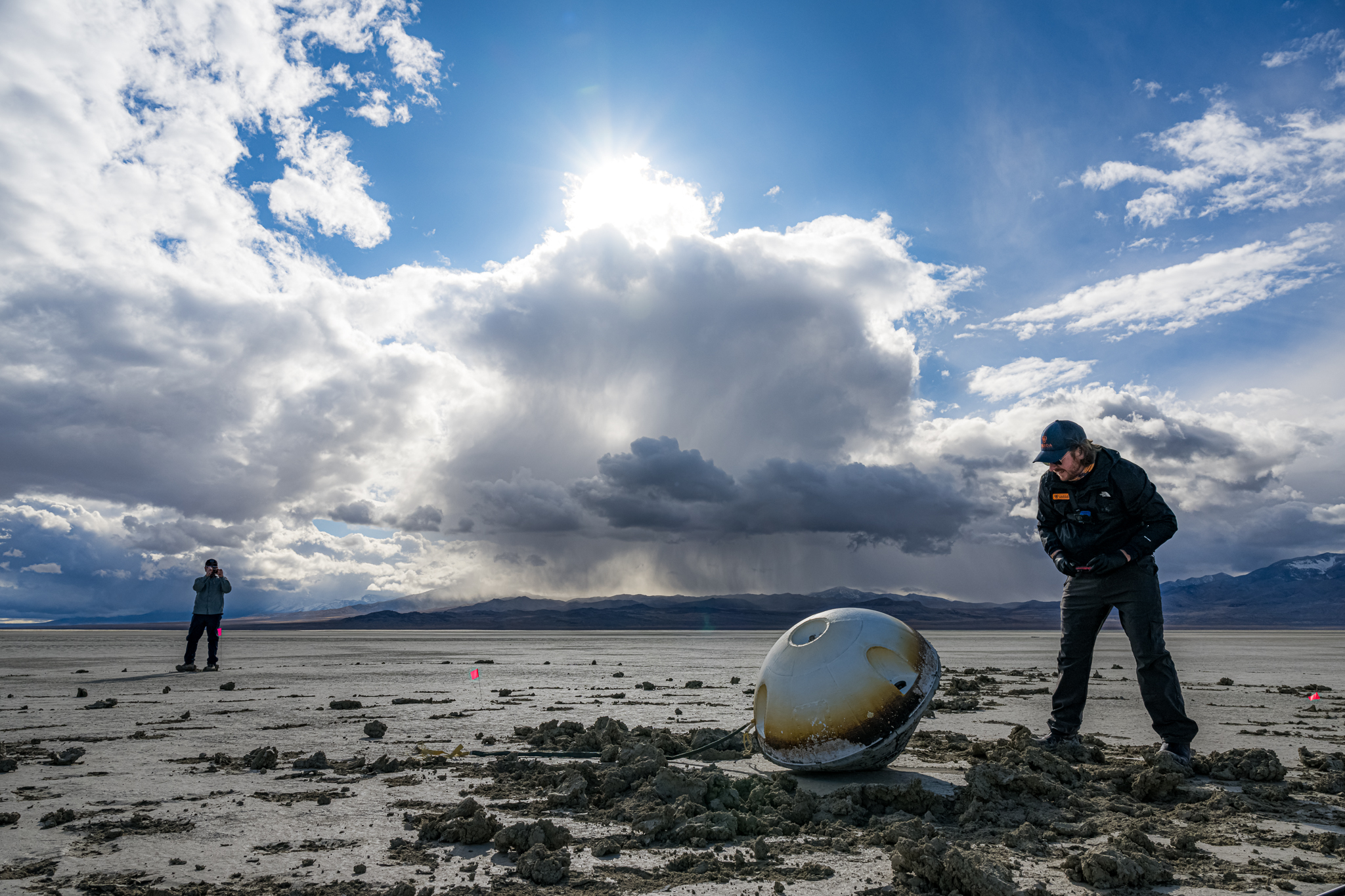
A heat shield material invented and made at Ames helped to safely return a spacecraft containing the first product processed on an autonomous, free-flying, in-space manufacturing platform. February's re-entry of the spacecraft from Varda Space Industries of El Segundo, California, in partnership with Rocket Lab USA of Long Beach, California, marked the first time a NASA-manufactured thermal protection material, called C-PICA (Conformal Phenolic Impregnated Carbon Ablator), ever returned from space.






